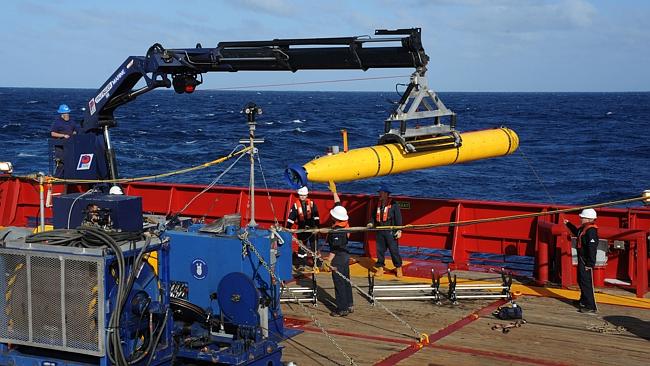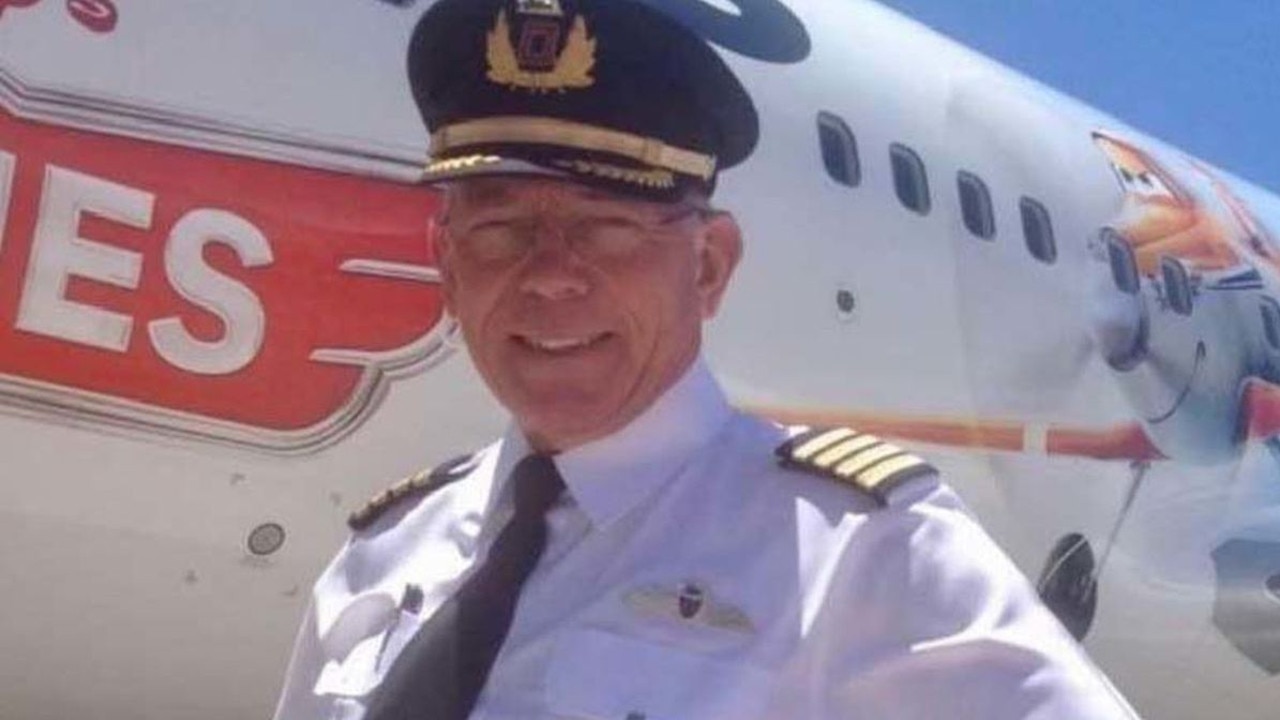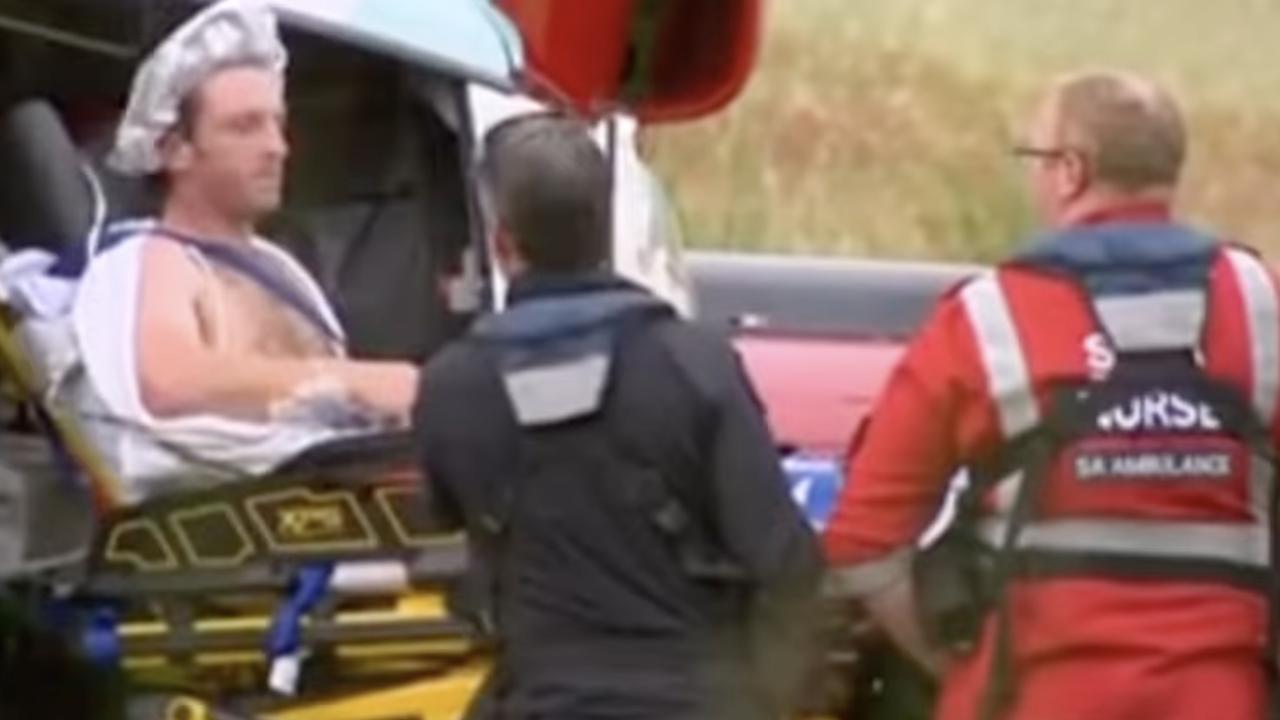Search for Malaysian Airlines MH370 may require a rethink but Australia won’t stop looking for wreckage
THE underwater hunt for MH370 has found nothing in 10 days but new equipment may be the answer, as Tony Abbott says we will not stop searching.

IT IS looking increasingly likely that more powerful equipment will be shipped in for the underwater search of Malaysian Airlines Flight MH370.
The underwater search has now entered its tenth day and the hi-tech submersible Bluefin-21 has already scanned more than 80 per cent of a targeted search area but has found nothing of interest.
While officials have expressed confidence in Bluefin-21’s capabilities, its limitations were highlighted on its first mission when it had to return to the surface after exceeding its safe operating limit of 4,500 metres.
Now that it has scanned most of the area deemed likely to contain the wreckage, thoughts are turning to what happens next.
MH370: Sources claim plane may have landed, not crashed
Defence Minister David Johnston told The Associated Press today that it would probably take about two weeks for Bluefin-21 to search the remaining seabed, even though more than 80 per cent of the area had already been scanned.
Australia is currently in talks with Malaysia, China and the United States about the next phase, which will likely be announced next week.
“The next phase, I think, is that we step up with potentially a more powerful, more capable side-scan sonar to do deeper water,” Mr Johnston said.
Today Prime Minister Tony Abbott said the government had no intention of abandoning the search even if no wreckage was located during the underwater search.
He said he had “no advice whatsoever” to suggest there is any truth in claims the plane may have landed somewhere.
“Our expert advice is that the aircraft went down somewhere in the Indian Ocean, we have identified a probable impact zone, which is about 700km long, about 80km wide,” Mr Abbott told reporters in Canberra.
He said Australia owed it to the families of the flight’s passengers, and to the billions who fly every year, to continue searching. He said the best equipment currently available was being used.
“We may rethink the search but we will not rest until we have done all we can to solve this mystery,” Mr Abbott said.
Mr Abbott said the search would continue until something was found, or until the area had been searched as thoroughly as human ingenuity allowed.
Professor David Stupples, an expert in electronic and radio engineering at City University, London, believes that officials did not upgrade to a more powerful submersible earlier because they were acting on “good” information.
“My reading of this is that some as yet undisclosed and very good intelligence is at play,” Prof Stupples said.
“Intelligence that seems to be so sensitive that it has not been disclosed.”
Professor Stupples said the Joint Agency Co-ordination Centre was only searching a narrow area of about 2000 square kilometres and how this area had been identified was a bit of a mystery.
“The original search area, as calculated from satellite data, was much further south than the current area being targeted by Bluefin-21,” Prof Stupples said.
“The Chinese for no apparent reason started looking much further northeast and then the Australians started looking still further north, again for no apparent reason, and then heard locator beacon pings within two days.”
Prof Stupples believes that once the search area is widened, other vessels will be required.
“My calculations predict that the search area may need to be extended to 50,000 square kilometres (this is an upper limit). If this is the case the JACC will need additional resource,” Prof Stupples said.
“Especially since the ocean depth could reach 6000 metres plus.”
MH370: Search set to go underwater
MH370: If Bluefin-21 fails, what next?
If searchers needed a submersible that could dive to greater depths, one could be deployed very quickly, according to Prof Stupples.
Options could include the REMUS 6000, which looks very similar to Bluefin-21 but can operate at 6km, and could be transported to Australia within days.
Another option is the hybrid remotely operated vehicle (HROV) Nereus, which can reach 10km. The Nereus takes longer to conduct searches but Professor Stupples said he believed the REMUS 6000 would search at a similar rate to Bluefin-21, which is able to conduct 16-hour long sweeps of the search area.
The specialised technology is required because of the extremely challenging underwater conditions. As David Kelly, chief executive officer of Bluefin Robotics said: “The temperature’s about slightly above freezing; it’s pitch black. The pressure there is the equivalent of having a Cadillac Escalade balanced on your thumbnail.”
Prior to the first underwater mission JACC chief co-ordinator Air Chief Angus Houston said other vehicles were being looked at in case Bluefin-21 wasn’t capable of reaching the necessary depth, but so far none have been deployed.
After the Bluefin-21’s first mission, it was recalibrated so that it could dive to depths deeper than 4,500m but in earlier comments, a JACC spokesperson admitted that “the sonar imaging becomes less effective as the scan depth increases”.
“There are small portions of the current search area where the actual depth may exceed the charted depth,” the spokesperson said.
“This is not uncommon in deep ocean search operations.”
When asked about why a more powerful submersible had not yet been sought, a spokesperson for JACC said the area being searched was largely within the limits of Bluefin-21.
“Technical adjustments have been made to the vehicle to ensure it is able to cover the area,” the spokesperson said.
Bluefin-21, which uses powerful sonars to create a 3D map of the area and identify debris on the sea floor.
It has been searching an area within a 10km radius around the second Towed Pinger Locator detection on April 8.
“It is important this lead is pursued to its completion so we can either confirm or discount the focused underwater area as the final resting place of MH370,” the spokesperson said.
“This is clearly of great importance to the families of those on board.”
The Australian Maritime Safety Authority was forced to suspend planned air search activities today due to heavy seas and poor visibility. The search was focused on an area of the ocean about 855 kilometres north west of Perth.
Up to 12 ships will continue to assist in the search today.




